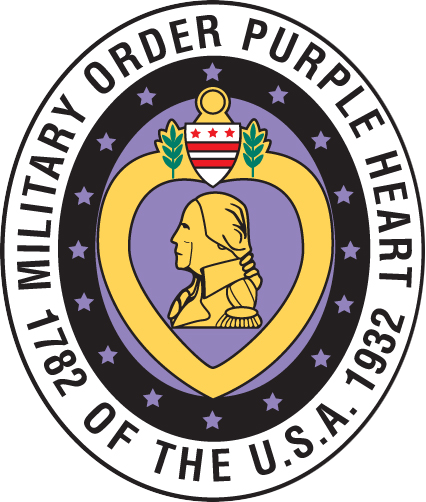George has been a life-long resident of Fayette County except for his WWII service. This veteran 84th Infantry Division, Railsplitter, went through the Battle of the Bulge and was later wounded in Germany.
George I. Migl was born in Fayette County, Texas in 1919 and he grew up on a Czech immigrant family farm near Praha. George’s father was born in 1855, in Czechoslovakia near the German border. He took passage to America at age 17. After two weeks in New York he shipped to Galveston and immediately moved up to then sparsely settled Fayette County, Texas where he took up farming in 1872. That was one year before the city of Flatonia was even founded. This elder Migl married twice in his lifetime, having many children with each wife. George was among the younger of the twenty-one children growing up in this Czech speaking Texas household. Today, George says, I couldn’t speak a word of English until I started to school, and even when I went in the Army’ I didn’t speak good English like I do now. Drafted November 1942, George went through training at Camp Howze just outside Gainesville, Texas. He was assigned to the Anti-Tank Co, 335th Infantry, 84th Infantry Division (Railsplitters). To hear George tell it, The Company Commander didn’t like me much because I got into the Army sports program as a boxer. Special Services took all of us in the team and we would travel, going camp to camp. Whenever I had a boxing match higher headquarters would send down a directed 3-day pass for me that the company had to honor. But, I wanted to stay with my unit and turned down an offer for permanent transfer for boxing, I would have gotten a chance to box Joe Lewis. I probably would’ve hurt him.
The 84th Infantry Division was shipped to England in September 1944. George boxed in some shipboard matches on the way over. After three weeks in England, the Division moved into France, and then entered combat at Aachen, Germany on November 11, 1944. The 37mm antitank guns proved ineffective against German armor so the Anti-Tank Company was reequipped with 105mm guns. In the Battle of the Bulge, the 84th Infantry Division redeployed into Belgium to block the Bulge and George Migl suffered frostbite, but he was soon back for duty. He was badly wounded by mortar shell fragments on March 2, 1945 in Dulken, Germany.
Treated in the Field Hospital in Liege, Belgium; George Migl was medically evacuated to LeMans, France for recuperation. The 84th Infantry Division had been designated for transfer to the Pacific for invasion of Japan, but war’s end cancelled those plans so George was able to rejoin his unit when he returned from hospital. Promoted to Technical Sergeant, George came home on points” with the 36th Infantry Division and was then discharged in December 1945. He resumed his farming occupation in Fayette County where he is now retired. He proudly holds lifetime memberships in the 84th Infantry Division (Railsplitter’s) Association., the VFW and the American Legion, as well as the Military Order of the Purple Heart.
George Migl provided this Purple Heart story for publication in the April 1999 issue of PATRIOT BULLETIN. George passed away in July 2010 and was buried in the Praha Cemetery.
George invited us all to the celebration of his 80th, 85th, and 90th Birthday Parties; He never attended a Chapter 1919 Meeting, but he bought a Purple Heart Cap, and thats what he was wearing at the ceremonial part of his birthday celebration each time.
